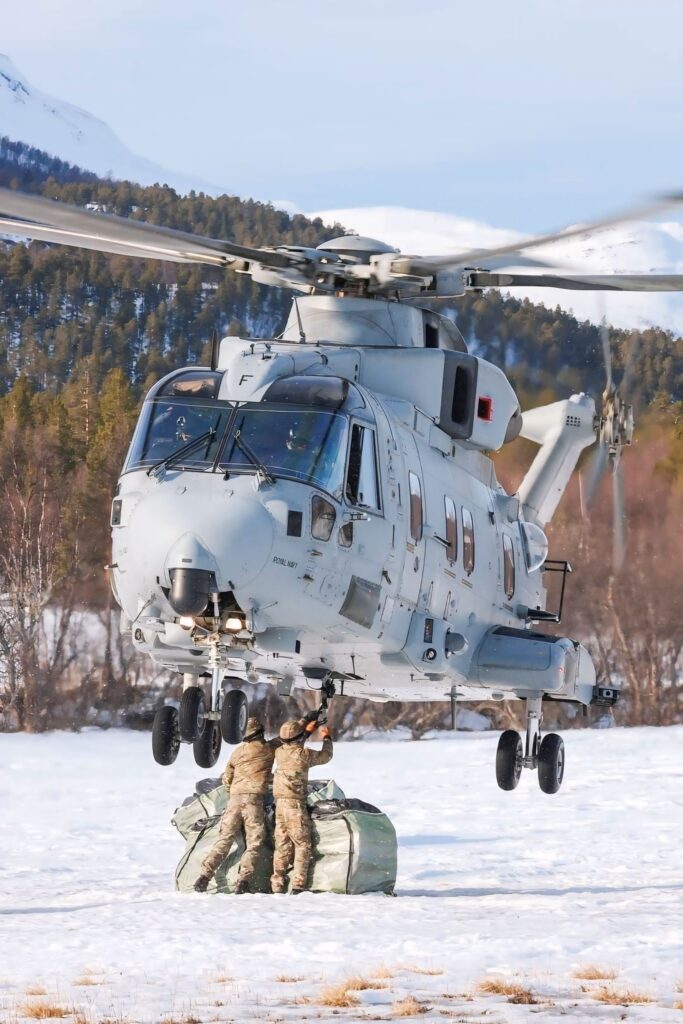
The CH-53E Super Stallion is one of the most powerful and versatile heavy-lift helicopters in the world. Developed by Sikorsky Aircraft for the United States Marine Corps, the Super Stallion has served as the backbone of Marine aviation heavy transport since the early 1980s. Its design is an evolution of the CH-53 Sea Stallion, incorporating greater lifting capability, improved engines, and advanced systems that allow it to operate in some of the harshest environments on earth.
The most striking feature of the CH-53E is its sheer size. Measuring over 99 feet in length with a rotor diameter of nearly 80 feet, it dwarfs most other helicopters in service. The aircraft is powered by three General Electric T64-GE-416/416A turboshaft engines, each producing around 4,380 shaft horsepower. This immense power gives the Super Stallion the ability to lift external loads of up to 36,000 pounds, such as armored vehicles, artillery, and large supply pallets. It can also carry up to 55 troops or a significant amount of cargo internally, making it indispensable for amphibious and expeditionary operations.
One of the key innovations in the CH-53E’s design is its seven-bladed main rotor system. This rotor configuration, combined with a tilted tail rotor mounted on the starboard side, provides both lift and directional control while accommodating the enormous engine output. The helicopter also features advanced avionics, night vision goggle compatibility, and in-flight refueling capability, allowing it to extend its range well beyond 600 nautical miles when needed.
In combat and humanitarian roles, the Super Stallion has proven its worth time and again. It has supported operations in Lebanon, Somalia, Iraq, and Afghanistan, where its ability to deliver heavy equipment to remote or hostile terrain has been critical. During humanitarian missions, the helicopter has been equally valuable, transporting relief supplies and assisting in evacuations in disaster-stricken regions. Its versatility ensures that it can shift seamlessly between combat support and lifesaving operations.
Despite its strengths, the CH-53E is not without challenges. Its maintenance demands are significant, requiring a high number of man-hours per flight hour to keep the aircraft mission-ready. The helicopter’s age is also becoming a factor, as many airframes have been in service for decades. These realities have led to the development of its successor, the CH-53K King Stallion, which promises even greater lifting power, modernized systems, and reduced maintenance requirements.
Still, the legacy of the CH-53E Super Stallion is secure. For more than 40 years, it has been a workhorse of the Marine Corps, often referred to as the “Heavy Hauler.” Its ability to move massive loads across long distances, operate from ships at sea, and adapt to a wide range of missions has made it an icon of military aviation. Even as the King Stallion begins to replace it, the CH-53E will be remembered as one of the most capable helicopters ever built—a symbol of power, endurance, and reliability in the service of U.S. forces.


